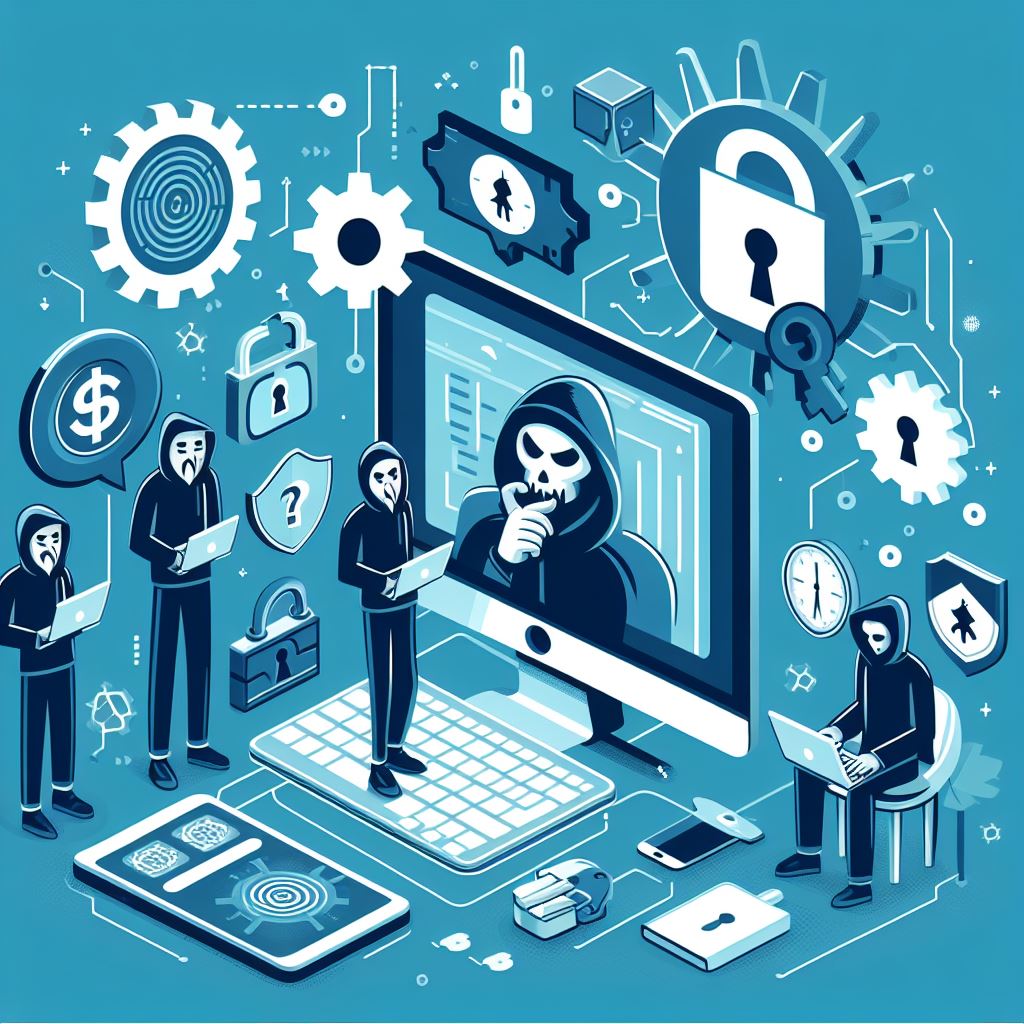How to Prevent Ransomware Attacks: A Comprehensive Guide
March 23, 2024
How to Prevent Ransomware Attacks
How to Prevent Ransomware Attacks: Introduction
Ransomware attacks have become increasingly prevalent, targeting individuals, businesses, and organizations worldwide. These malicious attacks encrypt critical files and demand a ransom in exchange for decryption keys. In this blog post, we’ll explore effective strategies to prevent ransomware attacks and safeguard your data.
Understanding Ransomware {#understanding-ransomware}
Ransomware is a type of malware that encrypts files on a victim’s system, rendering them inaccessible. The attacker then demands payment (usually in cryptocurrency) to provide the decryption key. Common delivery methods include malicious email attachments, compromised websites, and drive-by downloads.
Best Practices to Prevent Ransomware Attacks {#best-practices}

1. How to Prevent Ransomware Attacks: Regularly Backup Your Data {#backup-data}
- Backup Frequently: Regularly back up your critical data to an external drive or cloud storage. Ensure that backups are automated and stored securely.
- Test Restores: Periodically test data restores from backups to verify their integrity and effectiveness.
2. How to Prevent Ransomware Attacks: Keep Software and Systems Updated {#update-software}
- Patch Management: Apply security patches promptly for operating systems, software, and applications. Vulnerabilities are often exploited by ransomware.
- Use Supported Software: Avoid using outdated or unsupported software, as they may lack security updates.
3. How to Prevent Ransomware Attacks: Educate Employees and Users {#educate-users}
- Security Awareness Training: Train employees and users on recognizing phishing emails, suspicious links, and social engineering tactics.
- Avoid Unauthorized Downloads: Discourage downloading software or files from untrusted sources.
4. How to Prevent Ransomware Attacks: Implement Robust Security Measures {#security-measures}
- Firewalls and Intrusion Detection Systems (IDS): Deploy firewalls and IDS to monitor network traffic and block suspicious activity.
- Access Controls: Limit user privileges to prevent unauthorized access to critical files.
- Behavioral Analysis: Use advanced security tools that analyze user behavior and detect anomalies.
5. How to Prevent Ransomware Attacks: Be Cautious with Email Attachments and Links {#email-caution}
- Verify Senders: Verify the sender’s identity before opening email attachments or clicking on links.
- Hover Over Links: Hover over links to preview the URL before clicking. Be wary of shortened URLs.
6. How to Prevent Ransomware Attacks: Use Endpoint Protection Solutions {#endpoint-protection}
- Antivirus and Anti-Malware: Install reputable antivirus and anti-malware software on all devices.
- Behavior-Based Protection: Use solutions that detect suspicious behavior patterns and block ransomware execution.
Conclusion {#conclusion}:How to Prevent Ransomware Attacks
Preventing ransomware attacks requires a proactive approach. By following these best practices, you can significantly reduce the risk of falling victim to ransomware. Remember: vigilance, education, and robust security measures are your best defense against this growing threat.
Stay safe, stay informed, and keep your data secure! 📚🔒
How to Recover from a Ransomware Attack

Introduction: How to Prevent Ransomware Attacks and Recover
A ransomware attack can be devastating, but with the right strategies, you can recover your data and mitigate the impact. In this guide, we’ll explore steps to effectively recover from a ransomware incident.
1. Implement Your Incident Response (IR) Plan
Having a well-defined IR plan is crucial. Here are the key components:
- Collect Log Data: Immediately gather log data from the compromised system to understand the attack.
- Communication Plan: Establish communication channels with internal stakeholders (IT, security, legal) and external parties (law enforcement, customers, incident response teams).
- Legal Obligations: Be aware of data breach notice obligations (varies by state).
- Business Continuity: Outline steps to sustain or restart impacted business functions.
- Investigation and Remediation: Start an investigation, monitor requirements, and remediate the attack.
- Strategic Review: Plan for long-term security improvements.
2. Backup and Restore
- Remove Ransomware: Use anti-virus or anti-malware tools to remove the ransomware.
- Restore Data: Rely on decryption software or backups to restore data to a pre-incident state.
- Seek Expert Assistance: Consult cybersecurity or data recovery experts if needed.
3. Harden Systems and Prevent Future Attacks
- Preventive Measures: Strengthen your systems to minimize vulnerabilities.
- Detection and Response: Invest in tools that detect and respond to ransomware.
- Post-Incident Analysis: Analyze the attack to prevent similar incidents in the future.
4. Consider Paying the Ransom (with Caution)
- While paying the ransom is not recommended, some organizations choose this route. However, it doesn’t guarantee data release.
- Consult legal and cybersecurity experts before making any decisions.
5. Learn and Adapt
- Use the incident as a learning opportunity.
- Regularly update your disaster recovery plan and stay vigilant against future attacks.
Remember, time is critical during a ransomware attack. Swift action and a well-prepared recovery plan can make all the difference. Stay informed, protect your data, and be resilient! 🛡️🔒
References:
- Ransomware Recovery: 5 Steps to Recover Data – CrowdStrike
- How to Recover from a Ransomware Attack – phoenixNAP
- How to Recover From a Ransomware Attack – eSecurityPlanet
How To Get On The Dark Web: Know It All


